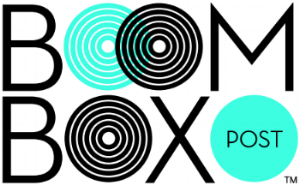From giant mecha robot fights, to ancient black magic or car chase sequences, the types of projects we work on as sound designers come in all different shapes and sizes. Animation particularly as a medium continues to surprise me, and you never know what to expect when you open up a new episode for the first time.
Through all of the genres, styles, and stories that we get thrown our way, one of the things I see editors consistently have a difficult time with is, you guessed it…TOON! I know that may seem surprising, and that on the surface the concept of “toon” might appear basic or juvenile. But the reality is toon is a tricky beast that can be tough to master. Whether it’s a toony series, toony sequence, or the occasional comedic accent, I want you to be ready if you ever find yourself working in the world of toon. So for this blog post, I decided to give a crash course on “The Art of Toon.”
It's no surprise that parodies/homages of the games of my youth (those popular throughout the 80's) are starting to pop up in the shows I work on. In fact, they've been cropping into modern cartoons for pretty much my entire career. There are a few reasons for this. First (and most obvious) everything that is old is new again. Retro is always going to be hip, and we have been in a love affair with 'The Decade of Excess' for quite a while now. It's also true that a lot of the talent at the Executive Producer, Director and Head Writer level these days (those producing the content) land right square in that age group where these are the things they love from their youth as well. Lastly, however, you need to consider the style that comes with writing a video game sequence into your animated program. Most modern games both look and sound entirely realistic. So if, for example, you wanted the Teenage Mutant Ninja Turtles to take a break and geek out over a video game together, what fun would it be to have them play something that looks and sounds like a feature film? The fun comes with the retro, both visually and sonically.



